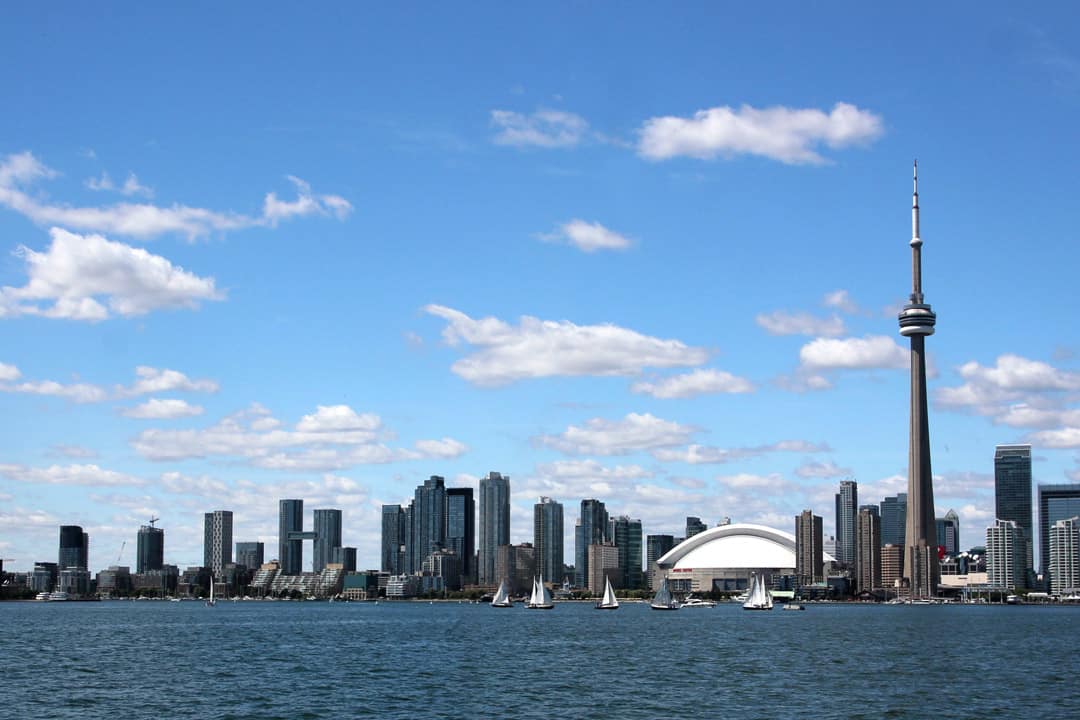Toronto has been named one of the most multicultural cities in the world, consisting of more than 230 diverse nationalities and with over half of its population born outside of Canada.
As multiculturalism is at the forefront of Toronto’s global reputation, it comes as no surprise that Ontario’s capital is rich with cultural neighbourhoods, including Chinatown, Greektown, Little Italy, and Little India, to name a few.
Commonly known as ethnic enclaves, these neighbourhoods tend to have a population density that’s composed of specific ethnocultural groups and serve as landscapes through which habitants can find common identity, while also contributing to economic growth through tourism. One can feel as though they are travelling the world while experiencing the diverse music, art, dishes, and traditions of various peoples by simply exploring the depths of the city.
These demographically distinct environments play a vital role in the understanding of Canada’s history with multiculturalism and immigration.
How are such culturally enriched communities formed?
The emergence of ethnic enclaves can be accredited to the various socioeconomic factors that have shaped the living conditions of people from similar geographic regions.
Such conditions can be categorized into both push and pull factors. The push factors, or the factors that force people to relocate, can be traced back to the overlying superstructures of race and class division. These superstructures manifest in discrimination, communication barriers, unemployment, and selective housing.
The pull factors, or the factors that attract populations to migrate to new regions, include the immersion into a common culture, the accessibility of ethnocultural resources, and the proximity to family and friends.
Case study: Chinatowns
Toronto saw a surge in immigration during the 1970s and 1980s, when large Chinese populations settled in Canada due to the end of World War II and the implementation of new railroad systems.
These settlements can be traced back to the discrimination imposed on Chinese people in 1855, when railroad construction was terminated. Settling primarily on the west coast of Canada, refugee enclaves began to take root as workers suffered a great deal of Sinophobia and physical abuse from the predominantly white society.
Over time, Chinese people found themselves migrating east as many settled in Toronto’s Financial District, leading to the formation of what is known as “Toronto’s First Chinatown,” located between Bay Street and Spadina Avenue.
The function of ethnic enclaves in overcoming the barriers of immigration
Today, Chinatowns and similar enclaves continue to thrive and expand, preserving the cultural integrity of historically oppressed communities. They serve as a shelter from an environment plagued by racial and ethnic animosity.
Well established residents may find a sense of cultural belonging in these neighbourhoods that they would not have found otherwise, as they grant them a chance to connect with their roots and engage with people of similar ethnic descent.
However, these enclaves are also important in helping immigrants find communal ways to immerse themselves into Canadian society at large, such as by participating in the economy.
Managing finances is often a central focus for new immigrants. The difficulty of navigating a foreign country in which you are not yet comfortable or able to use its official languages can be daunting, especially when seeking employment.
An advantage of ethnic enclaves is that, through the elimination of such language barriers, local businesses can efficiently integrate new immigrants into the workplace, setting them up for long-term success.
Furthermore, possessing a shared language and identity has been proven to allow for profitable social interactions, thus strengthening bonds between coworkers in any given labour market and providing them with financial stability and economic mobility.
Gentrification of ethnic enclaves
While ethnic enclaves provide a wide variety of benefits to immigrant populations, gentrification is threatening the foundation these benefits rest on.
Valid concerns are often brought up regarding the potential for gentrification to negatively impact these already vulnerable sectors of the city that are often occupied by racialized communities.
The process of gentrification occurs when wealthier individuals with higher degrees of formal education relocate into working-class or underfunded communities. These individuals typically arrive with the intent to establish affluent businesses or corporations to generate a profit and, in doing so, contribute to increased costs of housing, property taxes, and overall living expenses. This creates a dangerous pathway to the inevitable displacement of established residents and businesses run by racialized groups as their lives become more difficult to afford.
Gentrification’s impact on ethnic enclaves can be stark: in Gentrification in a Global Context, Jerome Krase noted that in gentrified ethnic enclaves, “not only are local residents and businesses displaced but the symbolic representations of people and their activities are as well.” In that way, the cultural forces that help integrate new community members can be eradicated.
Such concerns must be considered in order to better understand the nuances of the superstructures influencing ethnocultural relationships in Toronto. Ethnic enclaves have always been one of the cornerstones of the multiculturalism on which the city prides itself. It is therefore crucial to acknowledge the benefits they provide and simultaneously find new methods to alleviate concerns over their gentrification.


